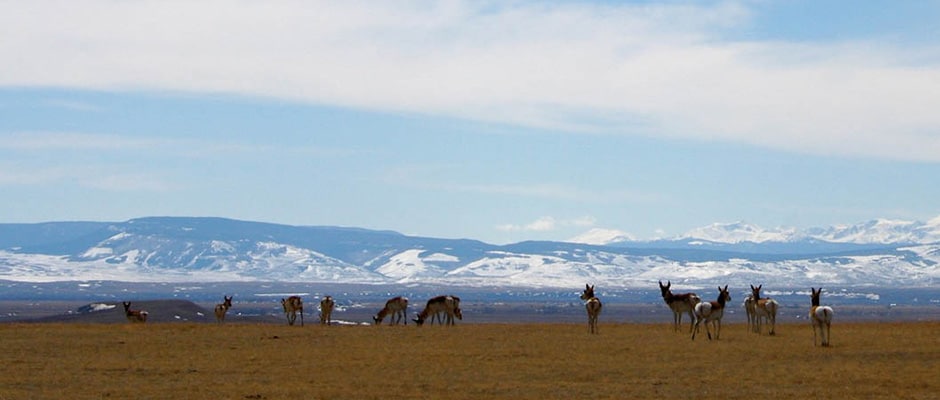
Migrating wildlife in Wyoming rely on private and government lands in addition to wilderness areas, according to the Wyoming Migration Initiative’s interim report that mapped five migratory species in the state.
Read more at The New York Times.

Migrating wildlife in Wyoming rely on private and government lands in addition to wilderness areas, according to the Wyoming Migration Initiative’s interim report that mapped five migratory species in the state.
Read more at The New York Times.
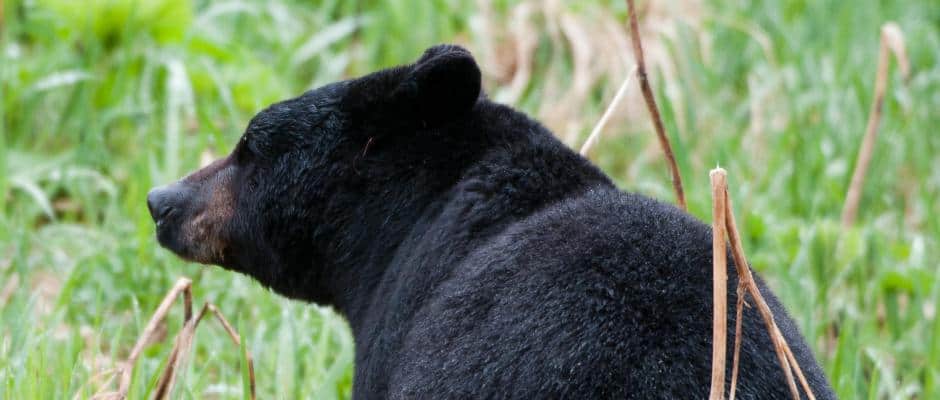
A new report by the U.S. Geological Survey pronounces the population of Louisiana Black Bears stable and indicates the population should sustain as long as conditions remain the same. The study claims that there are between 450 and 600 bears in three different areas with plenty of corridors between them creating a metapopulation. State managers hope that this report will allow the U.S. Fish and Wildlife Service to remove the bears from the Threatened list of the Endangered Species Act.
Read more at knoxnews.com.
Review the USGS Report.
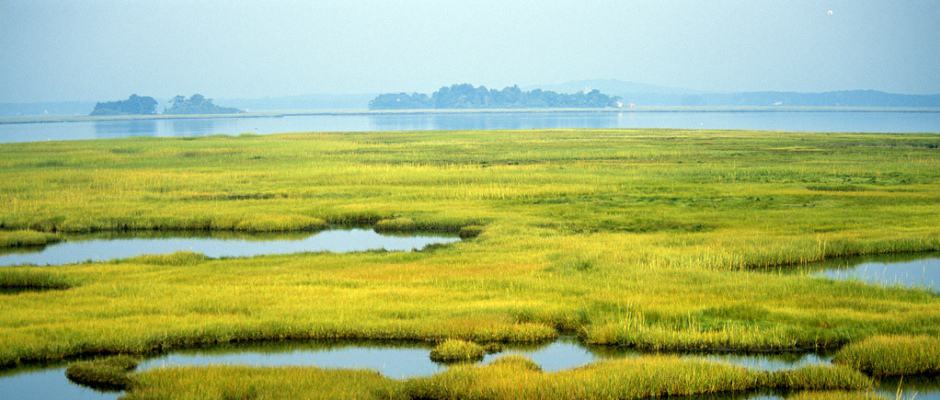
The U.S. Fish and Wildlife Service’s National Conservation Training Center (NCTC) has opened registration for the 2015 Climate Academy — a five month online training course designed to teach the fundamentals of climate science, provide tools for planning and adaptation, and increase climate communication skills among scientists and managers.
The Academy was developed through the collaborative effort of a several state and federal agencies and non-profit organizations, including The Wildlife Society. TWS had a key role in initiating the course and continues to help plan and coordinate it every year with seven other organizations.
“This course offers an outstanding professional development opportunity for our members and all natural resource professionals,” says Keith Norris, Assistant Director of Government Affairs for TWS. “Participants develop a broader understanding of how climate change is impacting our wildlife and natural resources and what tools they can use to plan appropriately for these impacts.”
The course boasts 10 bimonthly webinars and discussions led by expert scientists and managers from February to June. Participants finish the course in July by completing a final project designed to connect the lessons learned with their professional responsibilities. One final project is selected by course organizers for publication TWS’s member magazine, The Wildlife Professional.
A tuition fee of $200 is waived for FWS, National Park Service, or Bureau of Land Management employees. The course is compatible with groups, and group rates may be available. The registration deadline is December 15, 2014, with a limited number of slots available.
TWS members who participate in the course receive Continuing Education Units (CEUs) that apply to TWS’s professional certification programs. Up to 40 total CEUs can be accumulated for the Certified Wildlife Biologist® renewal certification and/or the Professional Development Certification. Two college credits are also available to anyone who completes the Academy.
For registration questions, contact Becky Edgar or Jill Del Vecchio at FWS. For content questions, contact Ashley Fortune Isham, also at FWS. Register by December 15 at training.fws.gov for Climate Academy, course number ALC3193.
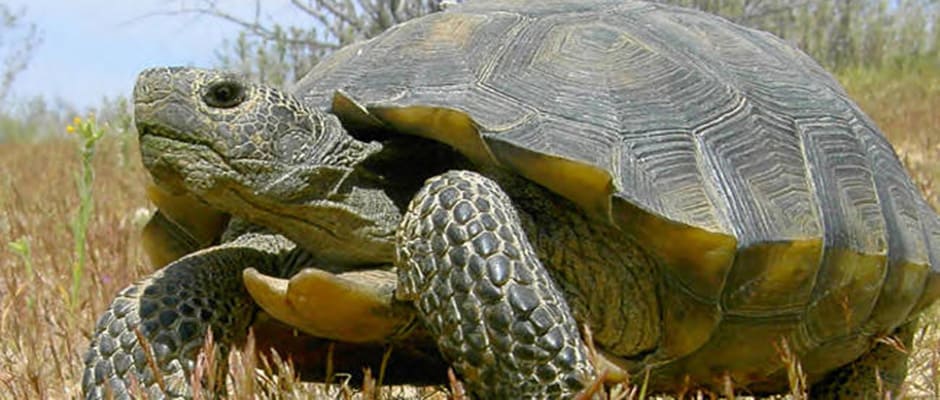
The Nevada Chapter of The Wildlife Society announces their 2015 meeting on February 11-12th in Reno, NV. The meeting will be held in the Commission Hearing Room at the Nevada Department of Wildlife Office. A social gathering will take place on the evening of the 11th and the Chapter Business meeting will occur on the 12th.
The Nevada Chapter of TWS is soliciting abstracts for 20-minute oral presentations for the general meeting. Content should be related to the study, management, or conservation of wildlife and habitats, preferably in Nevada; however, study systems outside the state will also be considered. Abstract submissions are due January 9th. Click here for more details.
All presenters and attendees must register in order to attend the meeting. Registration is $20 for students and $50 for general members. For more information please click here.
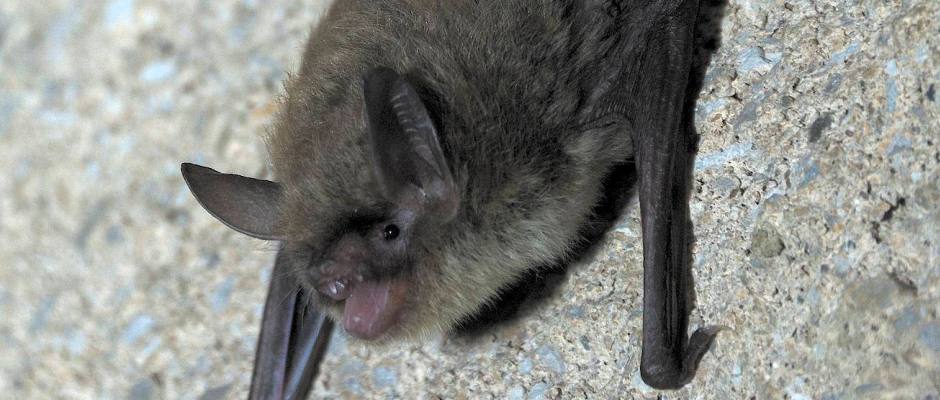
The U.S. Fish and Wildlife Service (FWS) has announced that it is reopening the comment period for their proposal to the list the northern long-eared bat (Myotis septentrionalis) as endangered under the Endangered Species Act (ESA). New information has recently been released from state agencies about the bat that could impact the decision. The Comment period will be open until December 18, 2014.
Find out more about the listing decision and how to contribute comments on the FWS website and the Federal Register.

The Student Chapter of the Wildlife Society at Virginia Tech is proud to host the 2015 Southeastern Regional Wildlife Conclave. Conclave will take place from March 12-15, 2015 at the W.E. Skelton 4-H Education Center at Smith Mountain Lake in Wirtz, VA.
This year, we anticipate approximately 400 participants, which equates to about 20 student chapters of the The Wildlife Society.
During this three-day event, students primarily from the southeast region of the U.S. gather to participate in mental and physical challenges based in wildlife science, management, and conservation curricula. Activities include art and photography contests, a quiz bowl tournament, game-calling competitions, a team competition, individual competitions, guest speakers, entertainment, and field trips. Conclave also offers opportunities for students to network with other students, faculty members, and wildlife professionals, which allows them to expand on their professional development.
Past participating chapters in the Southeastern Regional Wildlife Conclave include: Auburn University, Arkansas State University, University of Georgia, Louisiana State University, Mississippi State University, University of Florida, Haywood Community College, Clemson University, North Carolina State University, Tennessee Tech University, University of Tennessee – Martin, and Cleveland State Community College.
To donate to the 2015 Southeastern Wildlife Conclave, please fill out and send this form to The Student Chapter of the Wildlife Society at Virginia Tech. The Wildlife Society has already committed to a lead donation of $1,000 to support this important event.
Learn more about the Conclave at our website.
Any questions or concerns are welcome and can be sent to Dr. Marcella Kelly, advisor, (makelly2@vt.edu) or Emily Ronis, Conclave Chair (emily6@vt.edu).
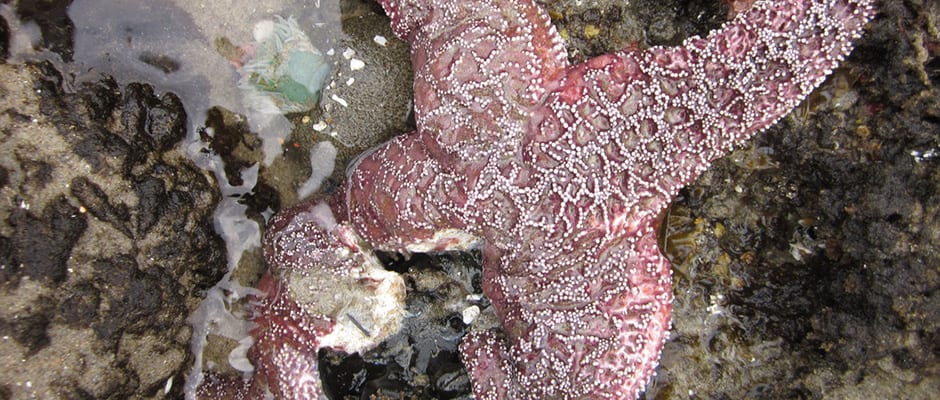
Researchers identified the culprit of sea star wasting syndrome as sea star associated densovirus, a new pathogen different from all other known viruses infecting marine organisms.
Read more at PBS News Hour.
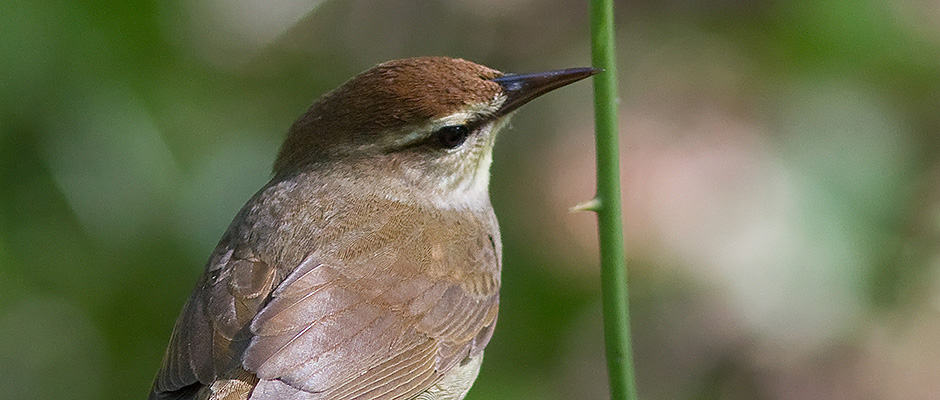
One of the rarest migratory songbirds in the United States is quickly colonizing southern pine farms, according to a recent study published in Bird Conservation International. Over the course of two decades, Smithsonian Institution ornithologist Gary Graves documented Swainson’s Warbler’s (Limnothlypis swainsoni) breeding territories and found 297 separate areas in pine plantations across the south.
Researchers first documented Swainson’s Warblers making use of these pine farms in Texas in 1992. The new study shows this behavior is not localized to one state. Today, the birds are taking advantage of this new habitat in ten states across the south. “The scale is the big issue here,” said avian ecologist Thomas Benson of the University of Illinois. “Grave’s work shows that it’s a broader phenomenon—the warblers are using these areas throughout their breeding range.”
The wide-scale colonization of pine plantations is surprising scientists in part because Swainson’s Warblers have a reputation for being finicky about their habit, explained Benson. They nest in dense, shaded understories and forage for insects on a ground blanketed by dead leaves. But as their natural habitats are becoming harder to find in the south, the warblers are moving into unexpected places—namely pine plantations.
Swainson’s Warblers have a long history of surprising scientists with their habitat choices. The species was first described in the 1830s by noted ornithologist John Audubon. For about a century after, scientists believed they were habitat specialists, building their nests only in swampy areas concealed by tangled thickets and dense canebrakes. European settlers, however, converted canebrakes into agricultural lands and Swainson’s Warblers moved into bottomland forests in floodplains and along lakes. In the 1940s, some warblers surprised scientists by nesting in the Appalachian Mountains amongst rhododendron and mountain laurel thickets. Now, faced with habitat loss, the warblers are moving again.
Pine plantations seem like an unlikely choice. While commercial plantations produce wood and paper products that are used every day such as lumber, toilet paper, and woodchips, ecologists have not considered them rich habitats. In the late 1980s, conservationist John Terborgh described southern pine plantations as “biological deserts.” However, some of these farms seem to fit the bill as far as warbler habitats go. For about seven or eight years of its 25-35 year cycle, a pine stand meets the Swainson’s Warblers’ picky habitat requirements. At any given time, about one quarter of the stands could provide habitat for the warblers.
The pine plantations may someday become primary breeding grounds for these birds in the future. Currently, such plantations cover about 40 millions acres in the U.S. That number is projected to increase to 66 million acres, providing even more potential habitat for the warblers. “If current distributional trends continue, [pine plantations] will soon support a majority of the global breeding population of Swainson’s Warblers,” wrote Graves in the study. But that is a big “if.”
Swainson’s Warblers will likely stay only if the plantations remain suitable habitat. Should pine farmers change their practices—spacing the trees farther apart, thinning the plantation understories, or using chemical pesticides—large areas that were once warbler habitat could disappear, the study warns.
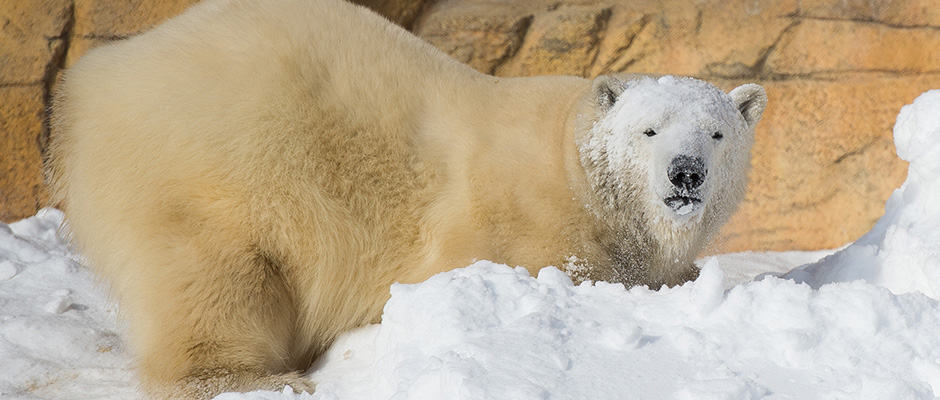
Call for Proposals: Workshops, Symposia, Panel Discussions, and Special Poster Sessions
Proposals for workshops, symposia, panel discussions, and special poster sessions are invited for the 22nd Annual Conference of The Wildlife Society. The Wildlife Society invites proposals related to all aspects of wildlife ecology, management and conservation.
Symposia are comprised of a series of presentations that address aspects of a single topic. Symposia usually are a half day; however, requests for a full day may be considered. Speakers are scheduled for 20- or 40-minute time slots, and organizers may include only one 20-minute discussion period in the agenda. Symposia are scheduled to run concurrently with other conference sessions. Attendance is open to all conference registrants on a walk-in basis
Panel Discussions are a forum for interactive discussion of a topic among a panel of experts and an interested audience. Typically, a panel of four to eight speakers makes introductory remarks. The audience is then invited to make comments and question the panel of speakers. Panel discussions are a quarter day in length (100 minutes) and are scheduled to run concurrently with other conference sessions. Attendance is open to all conference registrants on a walk-in basis.
Workshops provide training on a specific skill, technique, or process and may involve one or more instructors. Workshops are intended to emphasize learning through participation, discussion, and “hands-on” activities. For this reason, workshop organizers must specify an upper limit on attendance. Attendance at workshops is by advance registration only, and a minimum fee of $25 for professionals and $10 for student will be charged. Workshops may be a half or full day in length, and are scheduled for Saturday, October 17, 2015.
Workshops are not intended to promote a commercial product, product line, or company. That type of activity belongs in the trade show. If the nature of the workshop requires demonstration of specific products, it is preferred that the instructor be a practitioner rather than a company representative. Alternatively, company representatives may serve as instructors if at least two competing companies are invited to participate. These companies also would be expected to participate in the trade show at regular booth fees.
Special poster sessions are similar to symposia, but presentations are by poster rather than oral. Special poster sessions provide an opportunity for one-on-one dialogue between presenters and attendees. Space for special poster sessions is limited. Special poster sessions are scheduled for a half or full day. Organizers should plan on approximately 20 posters. Attendance is open to all conference registrants on a walk-in basis and run concurrently with other conference sessions.
Organizers are responsible for coordinating with the Program Committee, planning their sessions, selecting instructors/presenters, moderating their sessions, and meeting all deadlines. A final session agenda and a complete presenter list will be due by April 24, 2015. Presenters in symposia and special poster sessions must submit abstracts by July 10, 2015. Presenters in symposia must submit PowerPoint files by October 7, 2015. Please mark these dates on your calendar!
The Wildlife Society does not pay registration fees, travel expenses, or honoraria for workshop, symposium, panel discussion, or special poster session organizers or presenters. All organizers and invited speakers must register for the conference. Organizers may seek outside sponsors for these expenses.
Proposal Submission and Requirements
All proposals must be submitted through the online submission site hosted by OASIS. The session submission site can be accessed by clicking the link below.
The submission process will prompt you for the following information:
Workshop proposals will be asked to include the following additional information:
Proposal Evaluation and Notice of Decision
Proposals will be evaluated on timeliness of the subject, importance to the profession and/or contribution to science, and the overall quality of the written proposal. Submissions from TWS working groups are especially encouraged. Applicants will be notified whether their proposals have been accepted or deferred by March 14, 2015.
Please direct any questions related to proposal preparation or submission to Tricia Fry, Program Committee Coordinator, tricia@wildlife.org.
Click here to submit your proposal. – Closed
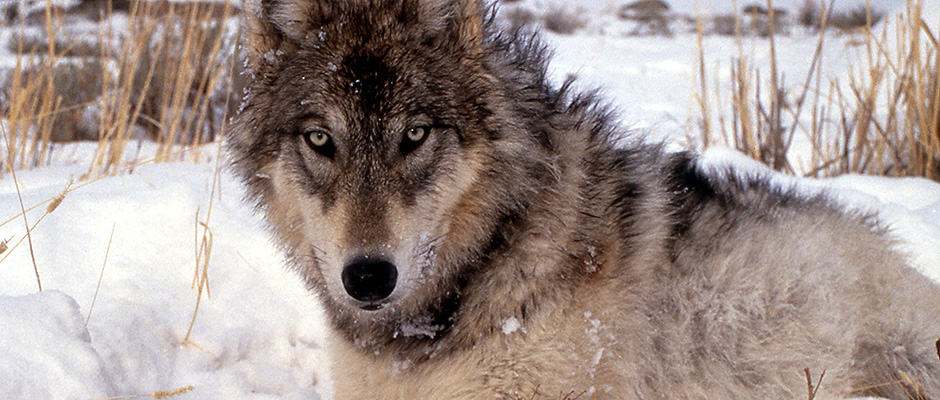
Science and local politics may be at odds in Michigan where voters turned down two wolf-hunting proposals on election day. A recently published study in the Journal of Wildlife Management from researchers at Michigan State University explored several issues in this highly charged issue, including how scientific knowledge impacts wildlife management decisions.
Read more in Science Daily.